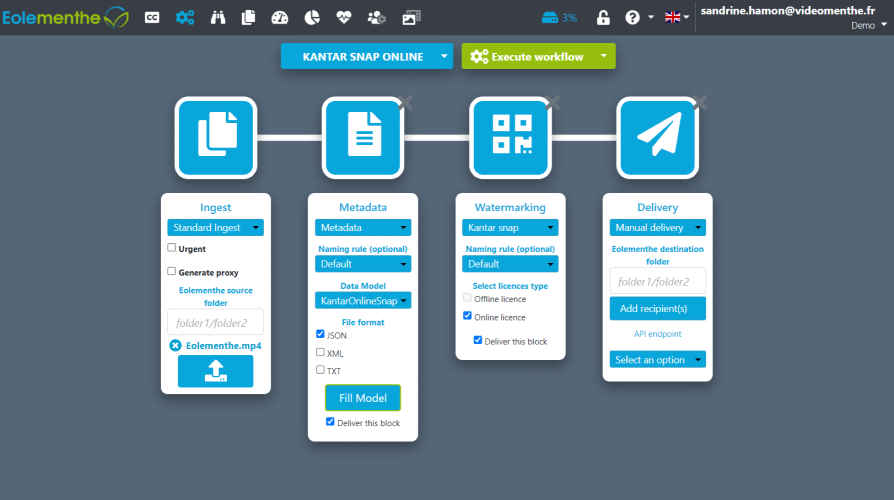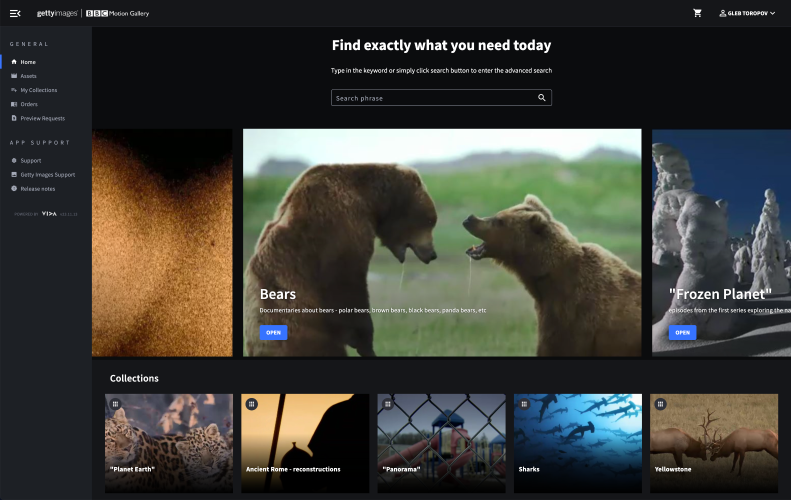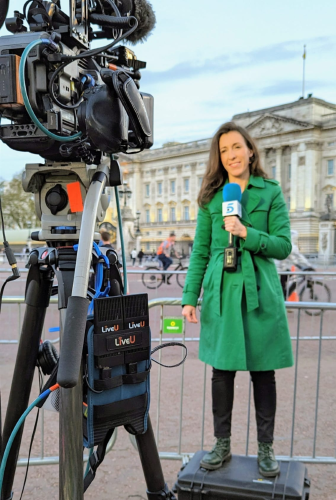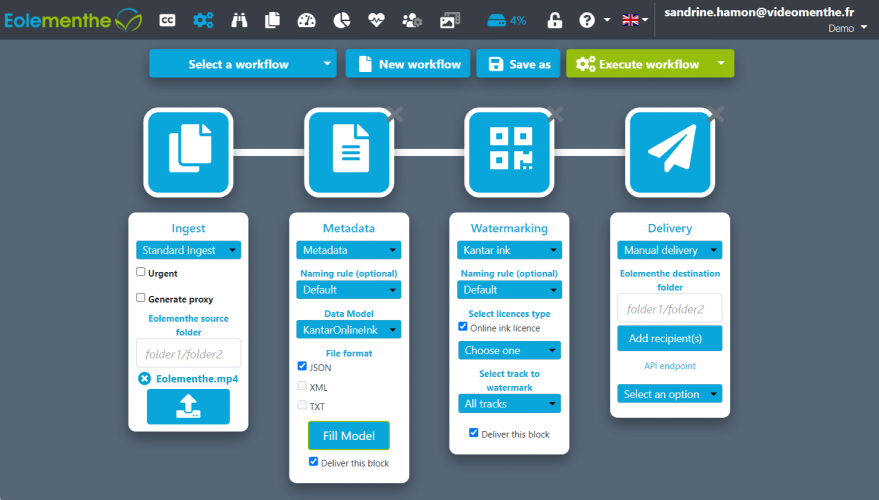by Dick Hobbs Issue 104 - August 2015
As everyone is no doubt aware, the BBCs core structures are being investigated at the moment as part of the renewal of its charter. The political bodies set up to do this are made up largely of anti-BBC people, so we are in for interesting times.
I have a view on the BBC and its funding, and maybe one day in one of these columns I will talk about it. But not today.
The critics of the BBC tend to shout largely ill-informed slogans rather than apply coherent arguments to a debate which we really need. Of these slogans, there is one which depending on my mood on the day either makes me laugh out loud or gets me really riled.
This is, of course, that the BBC, or the producer of one of its programmes, is chasing ratings. This expression is used by critics of broadcasters without a moments thought on what it actually means.
How do we rate programmes? We rate them by the number of people watching them. So a producer who is chasing ratings is hoping for a bigger audience. Is this a bad thing? Indeed, if you can find me a television producer who does not want the biggest audience for his or her programme and I will point to someone who needs a change in career.
Chasing ratings is really lazy-speak for this programme includes something I dont approve of, so it must be unworthy. The criticism is usually because the play includes relationships which the critic does not like, or has a presenter that has irritated them in the past. Last year the BBC made an excellent documentary series called The Armada: was using professional historian Dan Snow as presenter simply chasing ratings among history buffs?
I found a marvellous piece on a news website on ratings chasing at PBS, the American public service broadcaster. It started PBS is enjoying great success with shows such as Downtown [sic] Abbey and the new Wolf Hall. It went on to say that the service is so focused on ratings for costume dramas that it is forgetting about documentaries, the core of its public mission and mandate.
Wolf Hall is a ratings chaser. Well that is a different point of view.
All this talk made me want to find out how the ratings system actually works. In the UK it has been run for 35 years by an organisation called the Broadcasters Audience Research Board. The BARB website is commendably open as a good market research organisation should be in how the research is actually carried out.
There are 26 million television households in the UK. BARB regularly commissions large-scale surveys from professional market researchers like Ipsos Mori to get a clear view of the viewing behaviours of the whole of the country. This is used to calibrate the next stage of the process.
The BARB panel is 5100 households, which represent a statistically accurate representation of the 26 million. Non statisticians will look upon this relatively tiny number in horror, but those who do understand statistics and mathematical modelling will know that, provided the probability sampling is well managed, this is actually a relatively high number.
To ensure the households are statistically valid, BARB commissions a rolling establishment survey from Ipsos Mori. At one step remote from the core work, the establishment survey brings in all the household characteristics, and ensures that the 5100 BARB households are an accurate sample. The panel continues to change, either because the statistical basis changes, or the households either get bored with the scrutiny or disqualify themselves (putting were on the BARB survey panel as a Facebook status is a good way of doing this).
Each household on the panel is then kitted out with a bunch of additional electronics. To know who is watching any device, each member of the family has to check in. Sit down in front of the television and there is an additional remote control with a button for each member of the family. Online and on tablets and phones there are software log-ins so that BARB knows who is watching each screen at any moment, 24 hours a day.
Online devices are obviously easy to track for what you are watching. For television programmes, the most common technology is audio fingerprinting, although BARB is linking this to a control feed from the set-top box for confirmation of the programme being watched.
The use of digital audio fingerprints means that you can count people who are time-shifting, either on the same day as live or over the coming days and weeks. The data is uploaded to Kantar Media at 2.00 every morning, and processed overnight to get the accurate ratings which are distributed to BARBs customers: broadcasters and advertisers.
I think the technology, and the mathematics, are really quite impressive. Certainly broadcasters and advertisers have a large amount of confidence in the system, and value the output. It is only the mindless politician which struggles to grasp the concept of ratings.
































